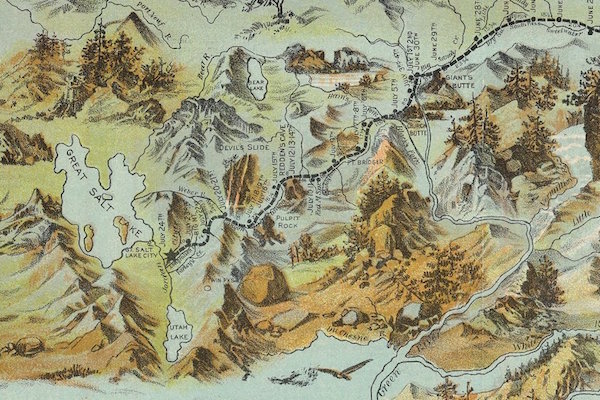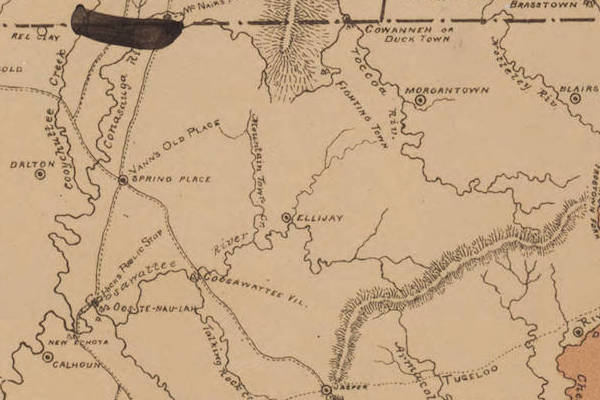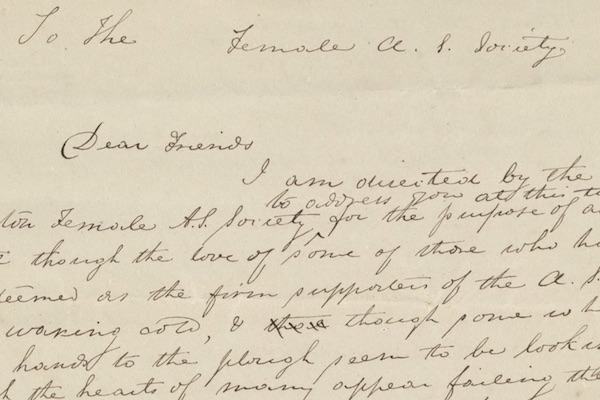Steam engines harness the pressure of hot steam to create mechanical power. They revolutionized transportation and industry in the nineteenth century. The first steam engines were invented in the early 1700s in England and improved during the mid-eighteenth century. By the late 1780s, European inventors were experimenting with steam-powered boats and American engineers followed suit. Following Robert Fulton’s successful demonstration of his steamboat, the Clermont, on the Hudson River in 1807, steamboats quickly became one of the most popular means of trade and travel in America. Steamboat routes emerged along major rivers, across the Great Lakes, in the Caribbean, and on transatlantic routes between the US and Europe. In the 1840s and 1850s, steamboats also helped facilitate settlement on the West Coast, including California and Oregon.
The steam engine also transformed the railroad industry. Steam locomotives and railroad systems were created in England, but by 1830, inventor and industrialist Peter Cooper had designed the first American-built steam locomotive, called the Tom Thumb. Together, steamboats and steam-powered trains offered unprecedented speed and efficiency for travel, trade, and communication between distant parts of the country and world. The steam engine played crucial roles in the Industrial Revolution and westward expansion.











































